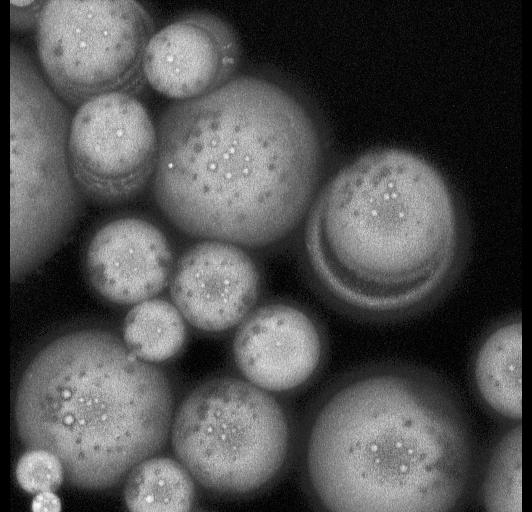Blog Post: Can sustainability trace its importance all the way back to the very origin of life on Earth?
We can imagine that primitive organisms on this planet were even more dependent upon their environment than we currently are. For example, we imagine a form of dynamic life that existed before DNA and before genomes. Without sophisticated mechanisms to alter gene expression depending on the circumstance, these organisms would be highly susceptible to differences and changes in their environment. How would the organism find sources of food? Would the organism be able to avoid toxins and dangers? In a recent paper to be published in Origins of Life and Evolution of Biospheres, we explore how such primitive ante-organisms (meaning ‘before organisms’) could have existed and persisted in their environments, eventually giving rise to the first living cells and organisms.
Expanding this idea, we quickly encounter salient properties of the system such as viability and behavior. In a variable environment, how can such an ante-organism persist? We set up an argument that these antecedents of life could have actively engaged with their environments, choosing certain conditions over others and regulating their own environments to maximize their own viability. The critical argument we make in the paper is that even very primitive forms of life could have displayed different types of behavior and some behaviors which supported the viability of the individual would have sustained the life form over time.
Certain behaviors such as motion, which we see captured in some of our experiments, can sustain the ante-organism over time if the ante-organism can move to environments that positively affect its viability. In this way even primitive organisms have some agency over their fate with viability-based behavior leading to prolonged survival, an increase in robustness and eventually evolvability.
Overall this conjecture on the behavior of primitive organisms presents an alternative view to the origin of life. Rather than primitive systems lacking any agency and being completely passive and at the mercy of the environment, ante-organisms could have played active roles in how they persist, improve, and eventually evolve into life as we know it today through a sustainable relationship with their environments. For more information see: https://doi.org/10.1007/s11084-023-09635-0
Could this concept of visibility-based behavior be applied to our future and current technologies, with the critical point of having them be integrated in a sustainable way with our ecosystem? What engineering and design principles are viability-based? And how can we embody such ideas in our art and artfacts? This opens a discussion on the cross contamination of ideas across the disciplines represented here in the ABRA project.

